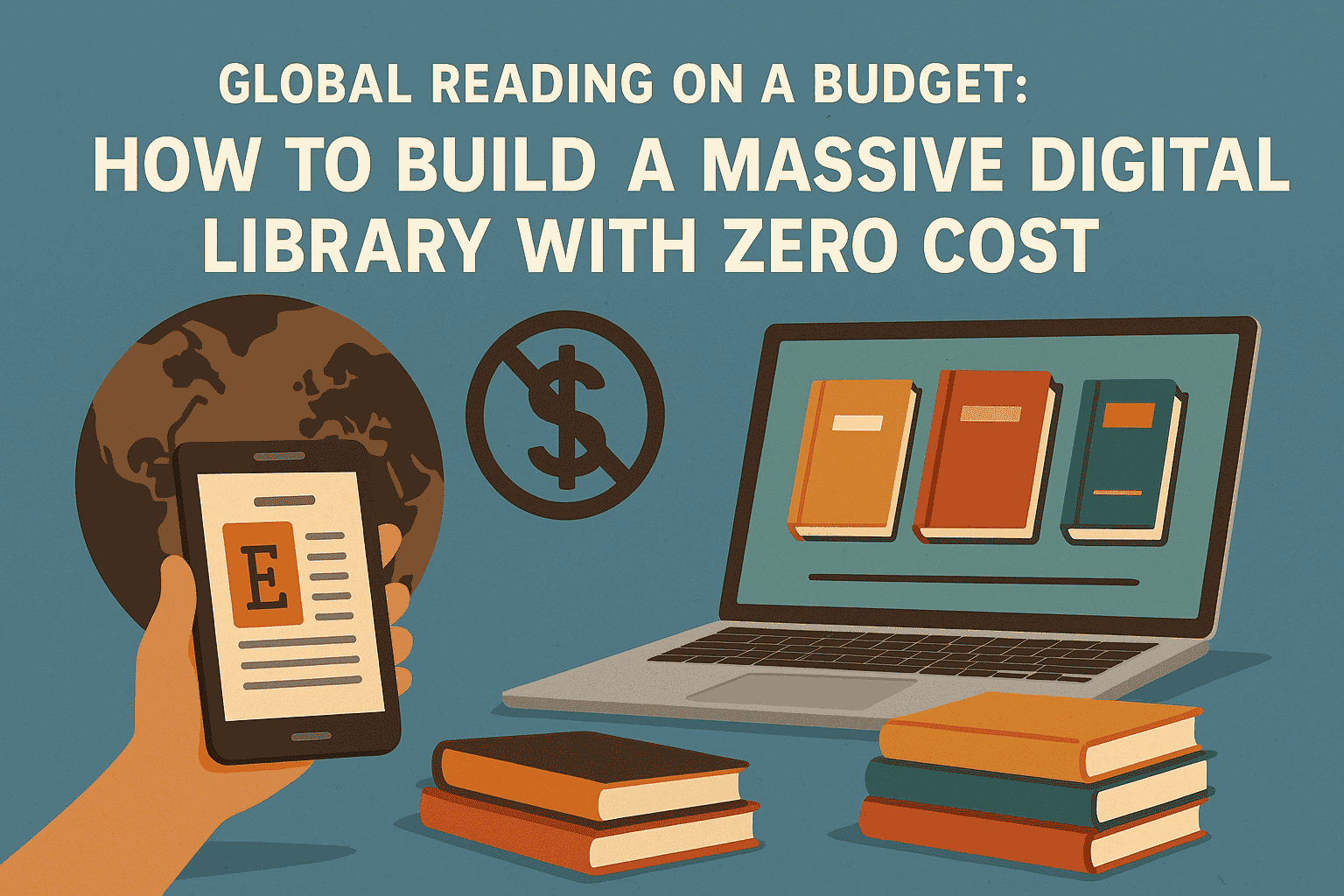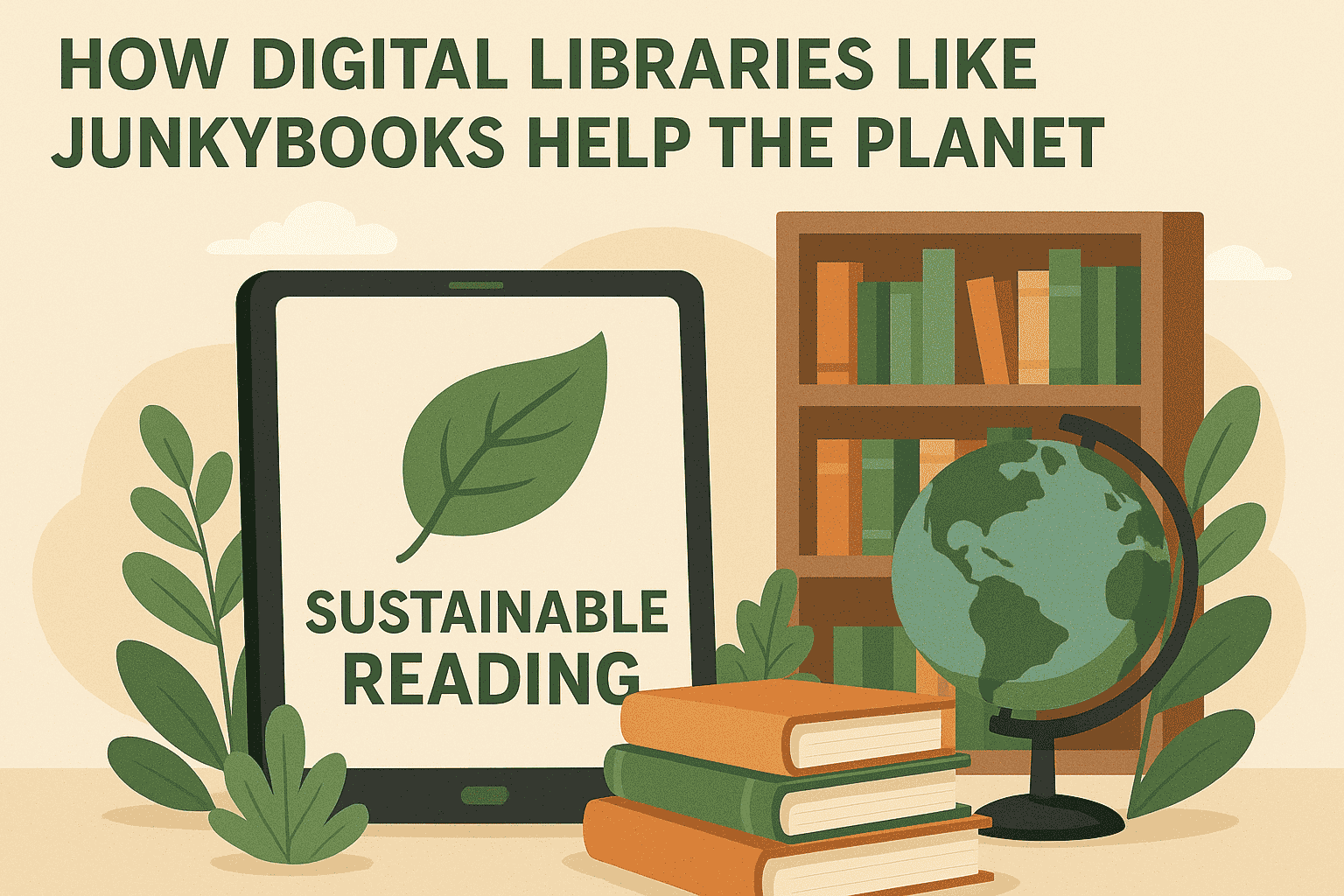The Impact of Magical Realism on Latin American Literature
Latin American literature has a unique ability to blur the lines between reality and fantasy, capturing the region's rich cultural history, social struggles, and deep-rooted traditions. One of the most defining literary styles to emerge from Latin America is magical realism.
This genre seamlessly weaves supernatural elements into everyday life, making the extraordinary feel entirely normal. The influence of magical realism on Latin American literature is profound, shaping the voices of writers, inspiring generations of authors, and redefining storytelling in global literature.
Origins and Definition of Magical Realism
Magical realism is a literary style that presents the fantastic as though it were an ordinary part of life. The term was first used in the 1920s by German art critic Franz Roh to describe a style of painting. However, it was later adopted by literary critics to describe a new wave of storytelling emerging in Latin America. Writers like Jorge Luis Borges, Gabriel García Márquez, and Isabel Allende used this approach to create narratives where ghosts walk among the living, time moves unpredictably, and ordinary people perform extraordinary feats without question.
In magical realism, the supernatural is not treated as something strange or shocking but rather as an accepted part of reality. Unlike fantasy, where the otherworldly exists in a separate dimension, magical realism embeds magic within the real world, challenging readers' perceptions of reality. This literary movement became particularly popular in the 20th century as Latin American writers sought to express the region's complex histories and cultural nuances.
The Role of Magical Realism in Storytelling
Magical realism provides writers with a powerful tool to critique social and political issues without being overtly confrontational. Through this style, authors have been able to address themes such as colonialism, political oppression, and identity in ways that resonate deeply with readers.
For example, Gabriel García Márquez’s One Hundred Years of Solitude uses magical realism to tell the story of the Buendía family in the fictional town of Macondo. The novel's dreamlike narrative allows García Márquez to explore Colombia's history, from its colonial past to its political instability, in a way that is both poetic and profound.
Similarly, Isabel Allende’s The House of the Spirits blends historical reality with supernatural elements to tell the story of Chile through the lens of a family saga. The novel portrays ghosts as a natural part of life, symbolizing the lingering presence of history and memory.
Cultural Identity and Magical Realism
Latin America is a region where folklore, mythology, and spirituality are deeply intertwined with daily life. Magical realism reflects this cultural identity by incorporating elements from indigenous traditions, Afro-Latin American spiritual beliefs, and Catholic mysticism into its narratives.
Writers use magical realism to give voice to those who have been marginalized by history. For example, in The Kingdom of This World, Alejo Carpentier uses the concept of "the marvelous real" to depict the Haitian Revolution, blending historical fact with myth and legend to give a voice to the enslaved people who fought for freedom.
Magical Realism’s Global Influence
The success of magical realism in Latin America has influenced writers around the world. Authors such as Salman Rushdie, Toni Morrison, and Haruki Murakami have incorporated elements of magical realism into their work, creating narratives that transcend cultural boundaries.
Toni Morrison’s Beloved features ghosts as manifestations of historical trauma, similar to how Latin American authors use the supernatural to represent the past. Salman Rushdie’s Midnight’s Children employs magical realism to tell the story of India’s independence, blending historical events with fantastical elements.
Conclusion
Magical realism is more than just a literary style; it is a lens through which Latin American writers interpret their world. It allows authors to depict the struggles, dreams, and realities of their people in a way that is both imaginative and deeply truthful. By merging the real with the fantastic, magical realism creates a storytelling experience that is immersive, thought-provoking, and universally resonant.
The impact of magical realism on Latin American literature is undeniable. It has shaped some of the most iconic works of the 20th and 21st centuries and continues to inspire writers worldwide. Whether used to critique politics, explore cultural identity, or simply tell a compelling story, magical realism remains a testament to the power of storytelling in capturing the essence of life itself.







